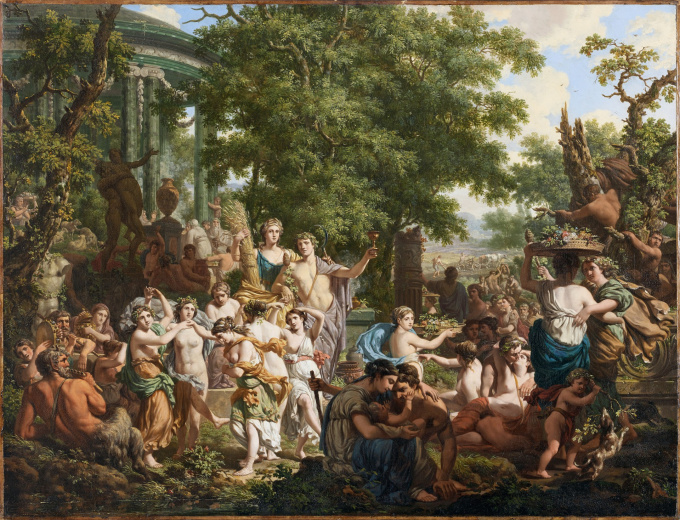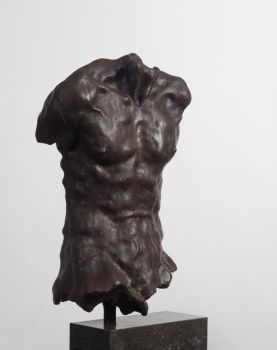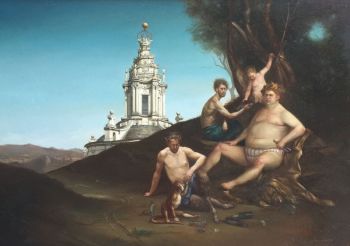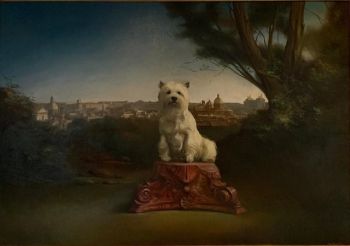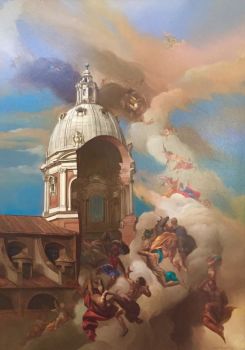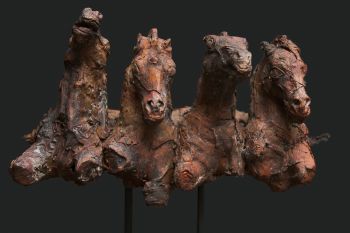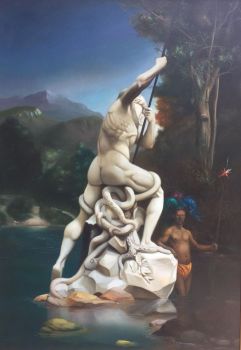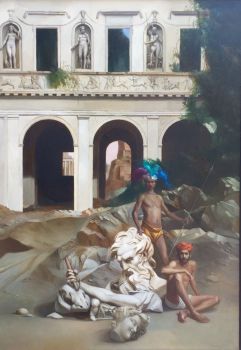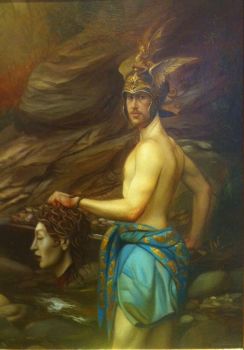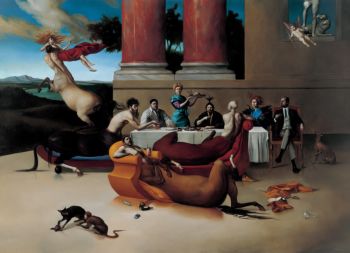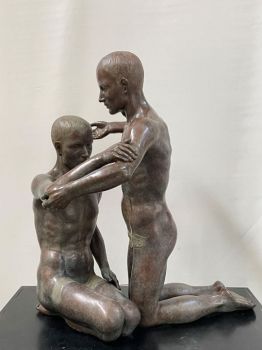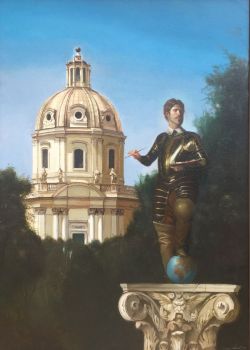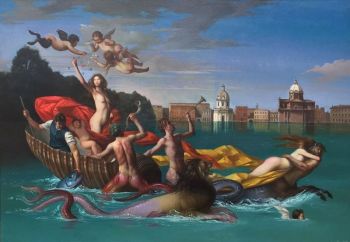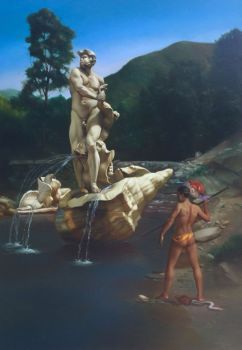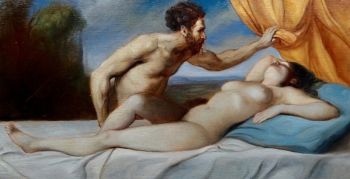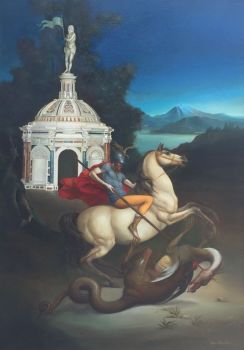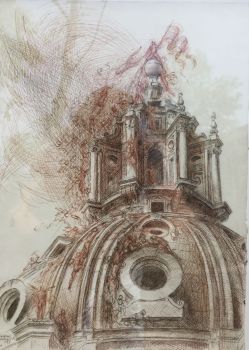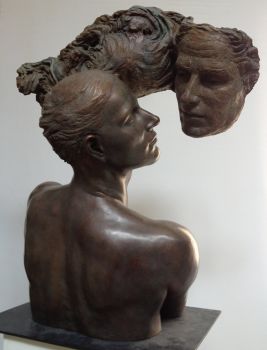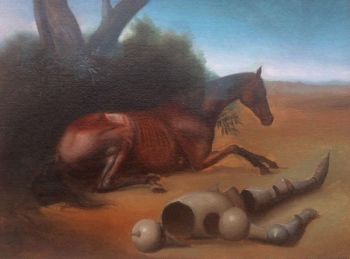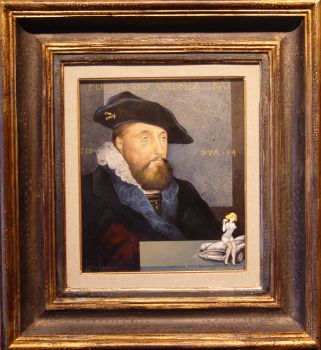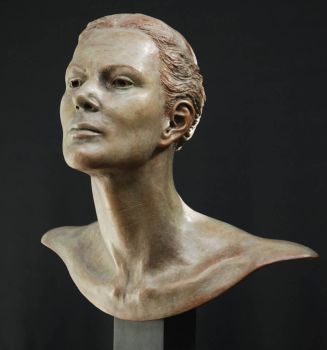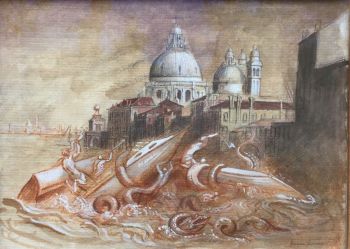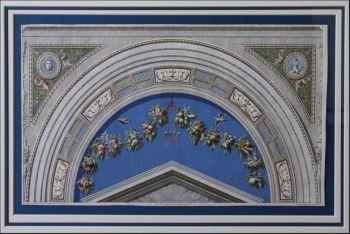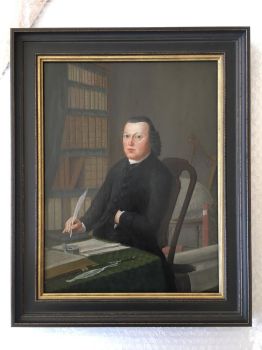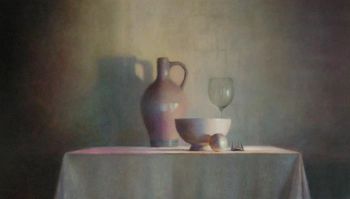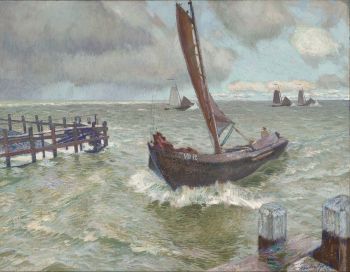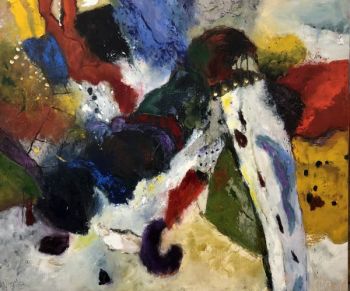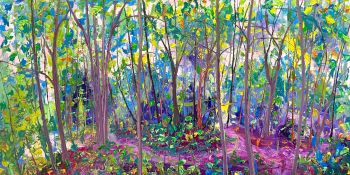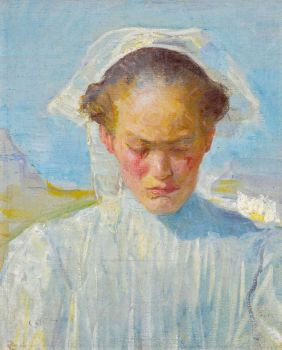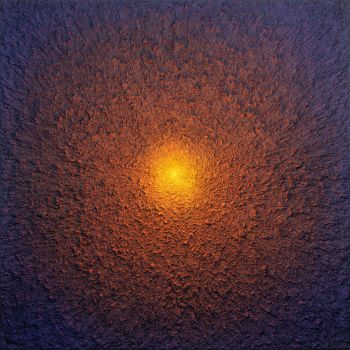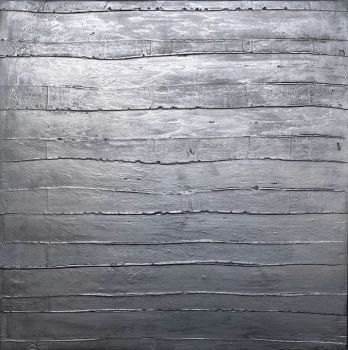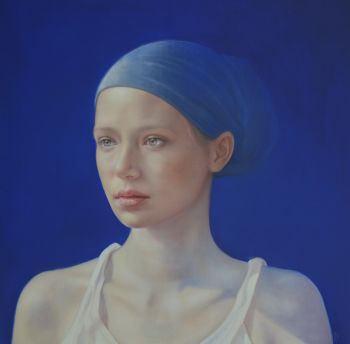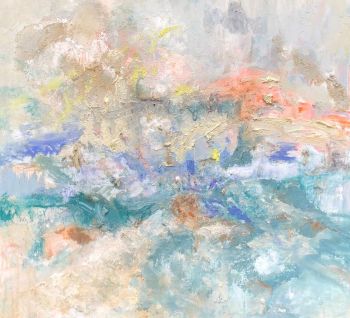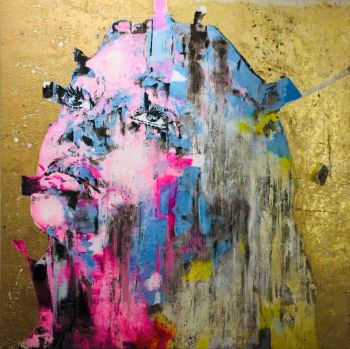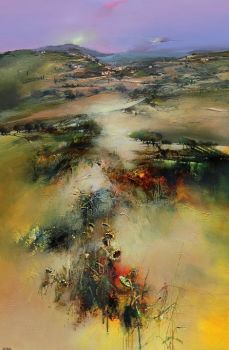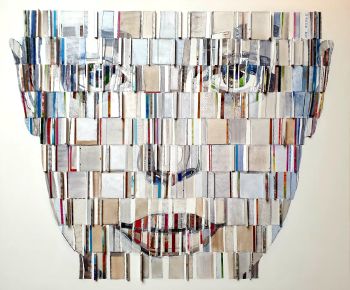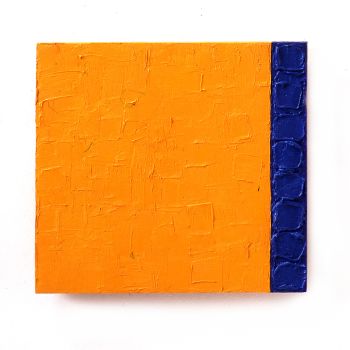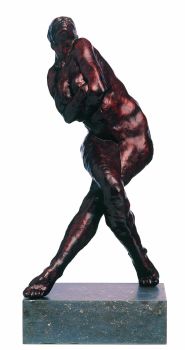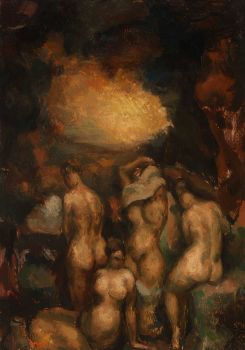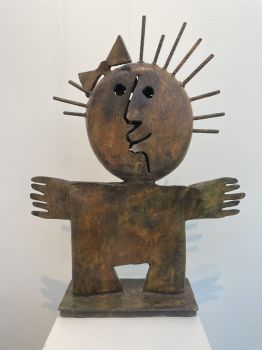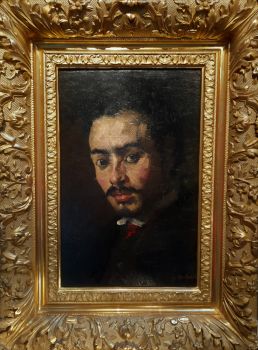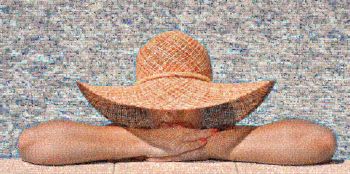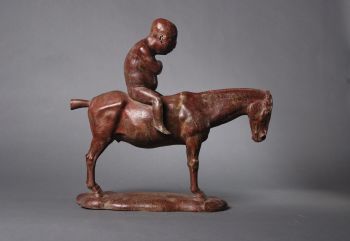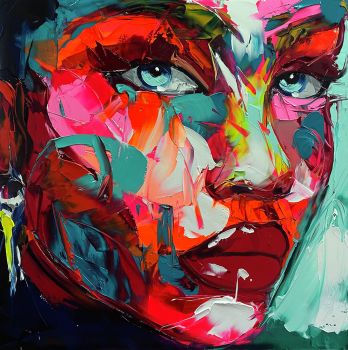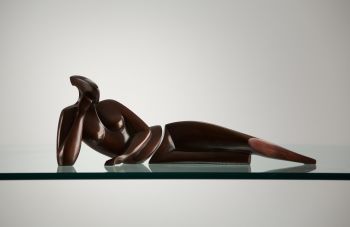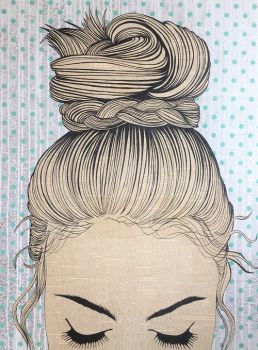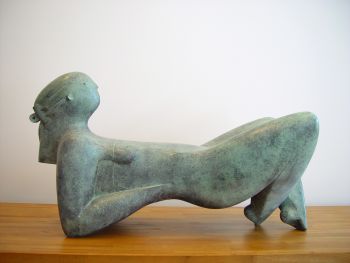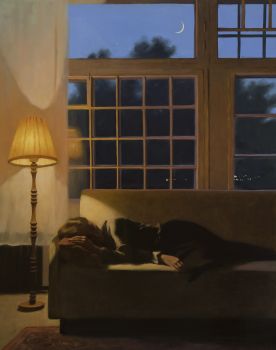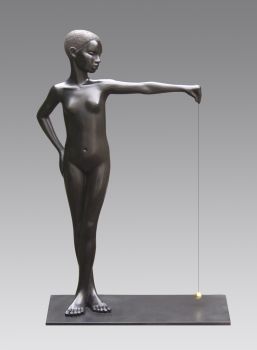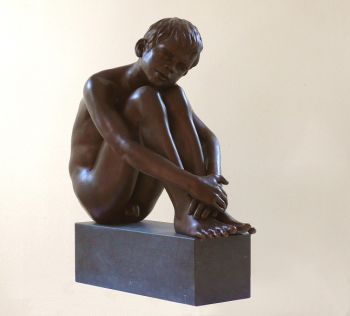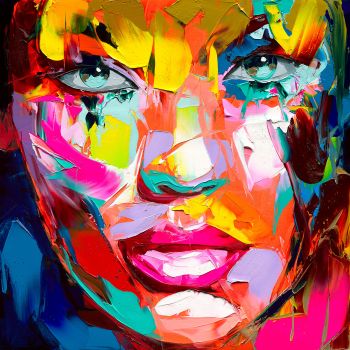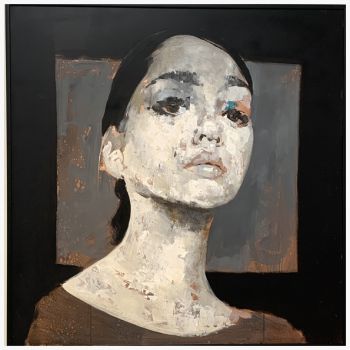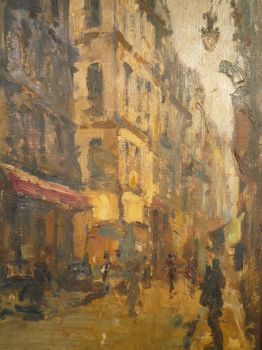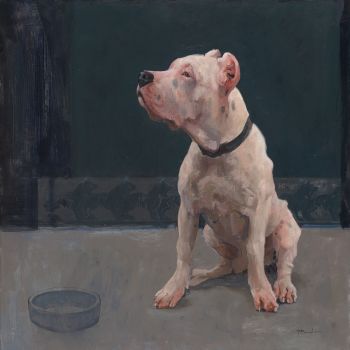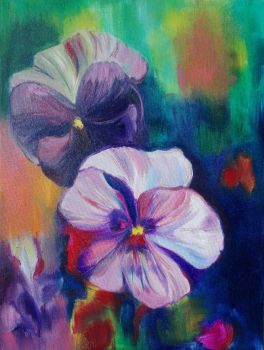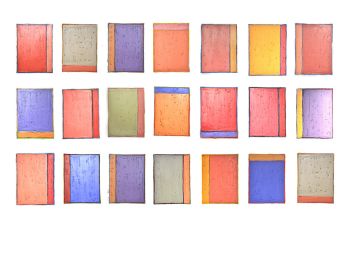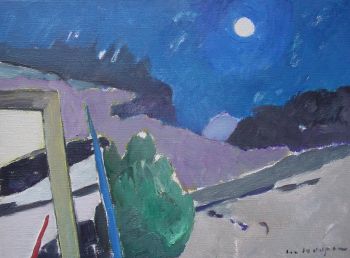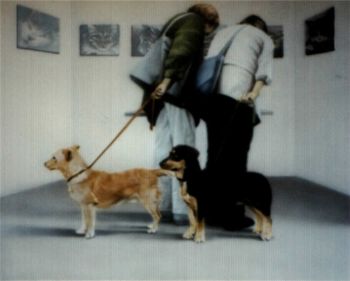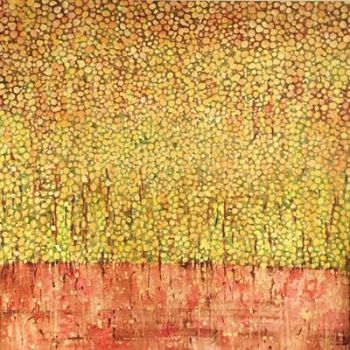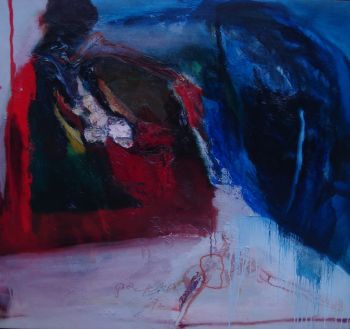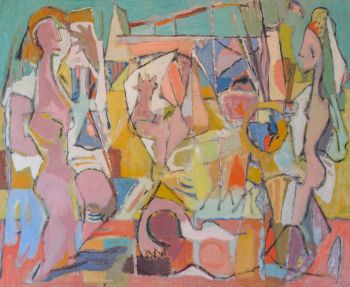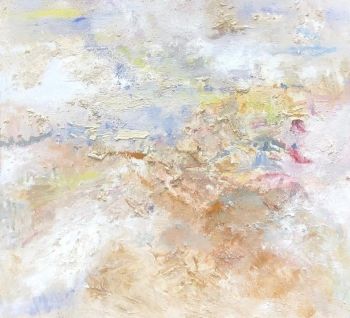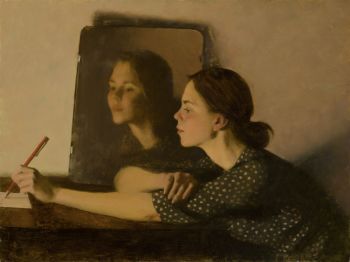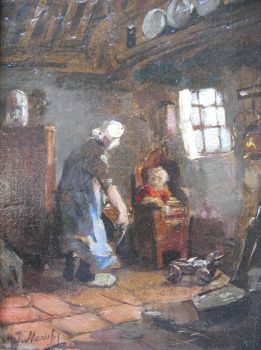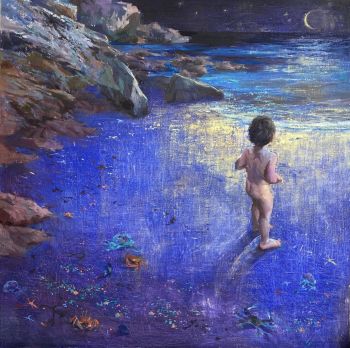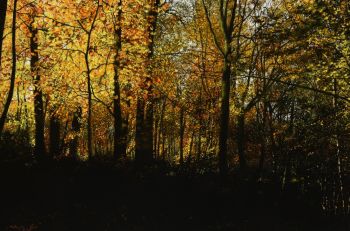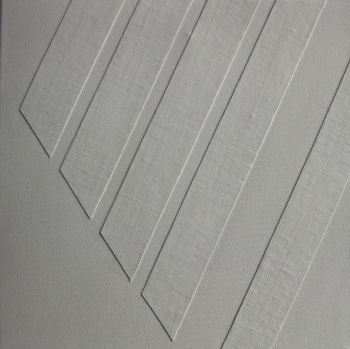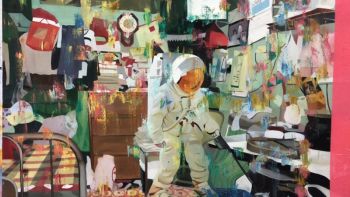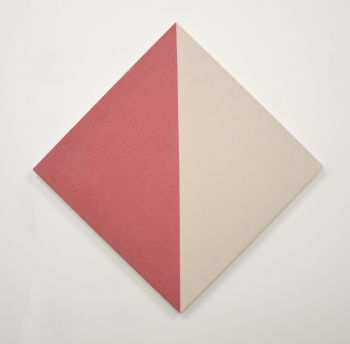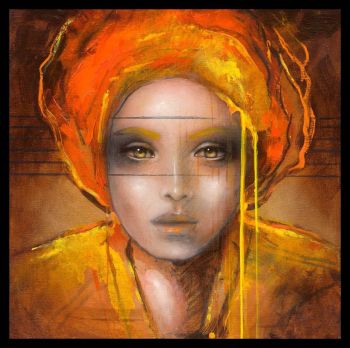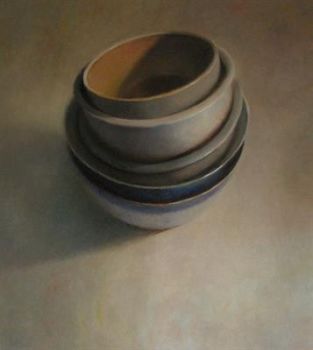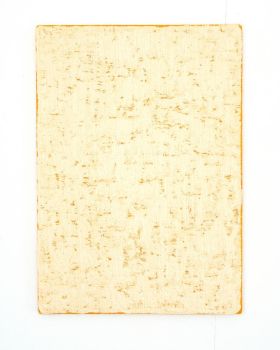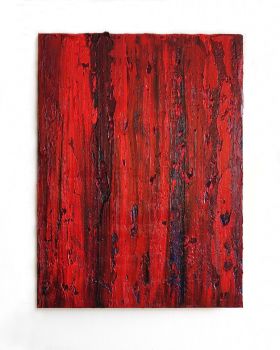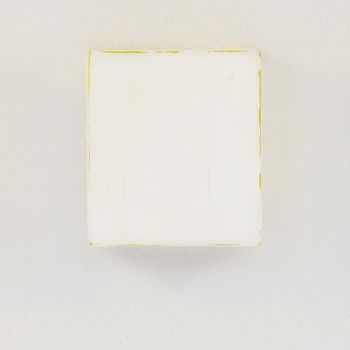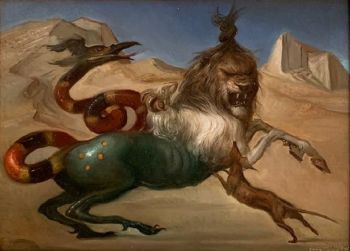Celebration of Spring 1776
Jean Grandjean
TelaPittura a olioDipingere
70 ⨯ 92 cm
ConditionExcellent
Attualmente non disponibile tramite Gallerease
- A proposito di opere d'arteThe Dutch artist with the French name Jean Grandjean is relatively unknown. Dictionaries of art mention him only briefly as a draughtsman of whom only a few paintings are known. Only Van Eynden and Van der Willigen, in the early nineteenth century, are extensive in describing the artist.
In the 1970´s the Rijksmuseum paid attention to Grandjean in an exhibition on artists travelling to Italy, Shortly after this groundbreaking exhibition a large portfolio with academic studies by Jean Grandjean was discovered. The director of the Rijksprentenkabinet J.W. Niemeijer published this album in Master Drawings in 1974. He mentions in his article on the artist that paintings by Grandjean can be counted on the fingers of one hand. More than 40 years later little has changed. The number of known pictures is still very small.
Jean Grandjean was, despite his French name, born in Amsterdam. His father was a descendant of French Huguenot refugees. He was a glove maker who married twice. His second marriage brought him six children of whom Jean was born on February 5, 1752.
Jean showed his talent already at an early age and was apprenticed to the topographical draughtsman Jacobus Verstegen. Soon Jean outgrew his master’s talents. Jean’s father displayed the drawings of his son in the window of his shop. This attracted commissions from Amsterdam collectors. In this period Jean was working in the studio of the enamellist De Groot. The simple decorative type of work brought him no satisfaction.
In the summer of 1772 he was able to enter the studio of Jurriaan Andriessen, (1742-1819). This painter was famous for his good educational gifts. Many of the better artists in the second half of the eighteenth century made their start in this studio. Among them not only Andriessen’s brothers Anthony (1746-1813) and his son Christiaan (1775-1846) but also Hermanus Numan (1744-1820), Hendrik Voogd(1768-1839) and Daniel Dupré (1751-1817). In the Andriessen workshop Jean was trained to paint Arcadian landscapes and painted wallpapers (behangselschilderijen). Jurriaan Andriessen also gave courses at the Amsterdam City Drawing Academy since 1766. Jean Grandjean’s name was listed there for the first time in 1771. Not long afterwards he won the prize of honor three times. He also practiced at a private drawing school, probably one set up by artists to lower costs. Grandjean attached special significance to this extra training in drawing from life models. His ambitions were far-reaching. He wanted to become a history painter. The neo classical movement under the influence of for example Johann Joachim Winckelmann (1717-1768) was of great importance for the art theory and development of taste in the Netherlands in the 1760’s and 70’s. Lectures at the Amsterdam Academy were often dedicated to classical themes. A certain preference for Greek antiquity came into vogue in art loving circles. It is clear that Jean Grandjean was greatly influenced by this mode. In 1777 the artist was one of the founding members of the Artists’ Society Felix Meritis.
The art lovers, amateur draftsmen and collectors Jan Tersteeg (1750-1808) and Dirk Versteegh (1751-1822) stimulated Jean Grandjean to paint history pieces. These paintings and drawings were ordered by them for their collections. The role these peers played in suggesting subjects, discussing taste while participating in drawing lessons must have been very important for Grandjean. With help from others in their circle of collectors, they made it financially possible for Grandjean to travel to Rome. He arrived in the eternal city in the summer of 1779. He resumed his practice of drawing after the live model in the so-called Trippelsche Akademie, named after the sculptor Alexander Trippel (1744-1793). Here among mostly German colleagues as Wilhelm Tischbein (1751-1829) and Franz Kobell (1749-1822) his drawing style developed rapidly to a more international style. His sudden death in November 1781 robbed Holland of an artist who might have become her greatest exponent of Neo classicism.
The importance of Jean Grandjean’s travel to Rome must not be underestimated. He was the first Dutchman in over 50 years to go to Italy after Pope Clement XI withdrew the freedom of congregation for the Dutch painters in Rome in 1720. Many others followed in his footsteps, among them Daniel Dupré(1751-1817) and Hendrik Voogd(1768-1839) and in the early nineteenth century Josephus Augustus Knip (1777-1847). His portrait was put up in the Drawing room of Felix Meritis as can be seen on the painting by Adriaan de Lelie(1755-1820) from 1801 of this room in Felix Meritis (Rijksmuseum Amsterdam, inv. no. SK-C-538).
Celebration of Spring
This picture of a feast with the goddess Ceres, a young Bacchus, nymphs and fauns in an Arcadian landscape celebrating the spring is typical for the oeuvre of Jean Grandjean before his journey to Rome. Theme, composition, manner of painting use of color all are closely related to the pictures of his teacher Jurriaan Andriessen. The painting resembles a water-color in the Rijksmuseum (see image on the left), An Arcadian Landscape with a temple in the background. Both the drawing and the painting were once in the collection of Jan Tersteeg. The description of the painting in the auction catalogue of 1808 gives an insight in the specific subject which is chosen here. The landscape where the young Bacchus and Goddess Ceres are celebrating is called Enna. This was in Greek mythology the capital of Sicily, famous for her Demeter cult. Demeter, otherwise known as Ceres, was the sister of Zeus. She had a daughter, Persephone, or Proserpine to the Romans, who was the maiden of Spring. Pluto lusted after Persephone. His obsession compelled him to drag her down to the underworld. Demeter searched in vain for her lost daughter. Her reproach to the cruel world was to withhold the bounties of the harvest. Finally Demeter discovered the whereabouts of her daughter and pleaded with Zeus for her safe return. He arranged a compromise: she would spend half the year in the sunlit uplands and half in the kingdom of Hades. As a result we know the seasons. When Persephone is with her mother it becomes spring, when she returns to Hades it will be winter. In this painting by Grandjean we see how Persephone returns from the underworld and is welcomed by her mother Ceres in spring. In the background farmers are ploughing the fertile grounds.
The celebration of Spring is an important rediscovery of a rare painting by Jean Grandjean. - A proposito di opere artistaL'artista olandese con il nome francese Jean Grandjean è relativamente sconosciuto. I dizionari d'arte lo menzionano solo brevemente come disegnatore di cui si conoscono solo pochi dipinti. Solo Van Eynden e Van der Willigen, all'inizio del XIX secolo, sono estesi nel descrivere l'artista. Negli anni '70 il Rijksmuseum ha prestato attenzione a Grandjean in una mostra sugli artisti che viaggiano in Italia. Poco dopo questa mostra innovativa è stato scoperto un ampio portfolio con studi accademici di Jean Grandjean. Il direttore del Rijksprentenkabinet J.W. Niemeijer ha pubblicato questo album in Master Drawings nel 1974. Nel suo articolo sull'artista menziona che i dipinti di Grandjean si contano sulle dita di una mano. Più di 40 anni dopo poco è cambiato. Il numero di immagini conosciute è ancora molto piccolo. Jean Grandjean era, nonostante il suo nome francese, nato ad Amsterdam. Suo padre era un discendente di rifugiati ugonotti francesi. Era un fabbricante di guanti che si è sposato due volte. Il suo secondo matrimonio gli ha portato sei figli di cui Jean è nato il 5 febbraio 1752. Jean ha mostrato il suo talento già in tenera età ed è stato apprendista del disegnatore topografico Jacobus Verstegen. Presto Jean superò i talenti del suo padrone. Il padre di Jean esponeva i disegni di suo figlio nella vetrina del suo negozio. Ciò ha attirato commissioni dai collezionisti di Amsterdam. In questo periodo Jean lavora nello studio dello smaltatore De Groot. Il semplice tipo di lavoro decorativo non gli dava soddisfazione. Nell'estate del 1772 poté entrare nello studio di Jurriaan Andriessen (1742-1819). Questo pittore era famoso per le sue buone doti educative. Molti dei migliori artisti della seconda metà del Settecento iniziarono in questo atelier. Tra questi non solo i fratelli di Andriessen, Anthony (1746-1813) e suo figlio Christiaan (1775-1846), ma anche Hermanus Numan (1744-1820), Hendrik Voogd (1768-1839) e Daniel Dupré (1751-1817). Nel laboratorio Andriessen Jean è stato addestrato a dipingere paesaggi arcadici e carte da parati dipinte (behangselschilderijen). Jurriaan Andriessen tenne anche corsi all'Accademia di disegno della città di Amsterdam dal 1766. Il nome di Jean Grandjean fu menzionato per la prima volta lì nel 1771. Non molto tempo dopo vinse il premio d'onore per tre volte. Esercitava anche in una scuola di disegno privata, probabilmente istituita da artisti per abbassare i costi. Grandjean attribuiva un significato speciale a questa formazione extra nel disegno da modelli dal vero. Le sue ambizioni erano di vasta portata. Voleva diventare un pittore di storia. Il movimento neoclassico sotto l'influenza, ad esempio, di Johann Joachim Winckelmann (1717-1768) fu di grande importanza per la teoria dell'arte e lo sviluppo del gusto nei Paesi Bassi negli anni '60 e '70. Le lezioni all'Accademia di Amsterdam erano spesso dedicate a temi classici. Una certa preferenza per l'antichità greca è diventata di moda nei circoli amanti dell'arte. È chiaro che Jean Grandjean è stato fortemente influenzato da questa modalità. Nel 1777 l'artista fu uno dei membri fondatori della Società degli Artisti Felix Meritis. Gli amanti dell'arte, disegnatori dilettanti e collezionisti Jan Tersteeg (1750-1808) e Dirk Versteegh (1751-1822) hanno stimolato Jean Grandjean a dipingere pezzi di storia. Questi dipinti e disegni sono stati ordinati da loro per le loro collezioni. Il ruolo svolto da questi coetanei nel suggerire argomenti, nel discutere il gusto mentre partecipavano alle lezioni di disegno deve essere stato molto importante per Grandjean. Con l'aiuto di altri nella loro cerchia di collezionisti, hanno reso finanziariamente possibile per Grandjean viaggiare a Roma. Arrivò nella città eterna nell'estate del 1779. Riprese la sua pratica di disegno secondo il modello dal vivo nella cosiddetta Trippelsche Akademie, dal nome dello scultore Alexander Trippel (1744-1793). Qui tra colleghi per lo più tedeschi come Wilhelm Tischbein (1751-1829) e Franz Kobell (1749-1822) il suo stile di disegno si sviluppò rapidamente verso uno stile più internazionale. La sua morte improvvisa nel novembre 1781 privò l'Olanda di un artista che sarebbe potuto diventare il suo più grande esponente del Neoclassicismo. L'importanza del viaggio di Jean Grandjean a Roma non deve essere sottovalutata. Fu il primo olandese in oltre 50 anni ad andare in Italia dopo che Papa Clemente XI ritirò la libertà di congregazione per i pittori olandesi a Roma nel 1720. Molti altri seguirono le sue orme, tra cui Daniel Dupré (1751-1817) e Hendrik Voogd (1768-1839) e all'inizio del XIX secolo Josephus Augustus Knip (1777-1847). Il suo ritratto fu esposto nel Salotto di Felix Meritis come si può vedere sul dipinto di Adriaan de Lelie (1755-1820) del 1801 di questa stanza a Felix Meritis (Rijksmuseum Amsterdam, inv. n. SK-C-538) .
Artwork details
Categoria
Soggetto
Stile
Materiale e Tecnica
Colore
Related artworks
- 1 - 4 / 24
Dutch School
Arrivo di un uomo delle Indie orientali olandesi a Table Bay18th century
Prezzo su richiestaZebregs & Röell - Fine Art - Antiques
1 - 4 / 24- 1 - 4 / 24
Rene Rietmeyer
"Japan, Tokyo, Kudan House" 20212021
Prezzo su richiestaEuropean Cultural Centre Collection
Geer van Velde
Composition: on the beach, ca. 19401898 - 1977
Prezzo su richiestaStudio 2000 Art Gallery
1 - 4 / 24

